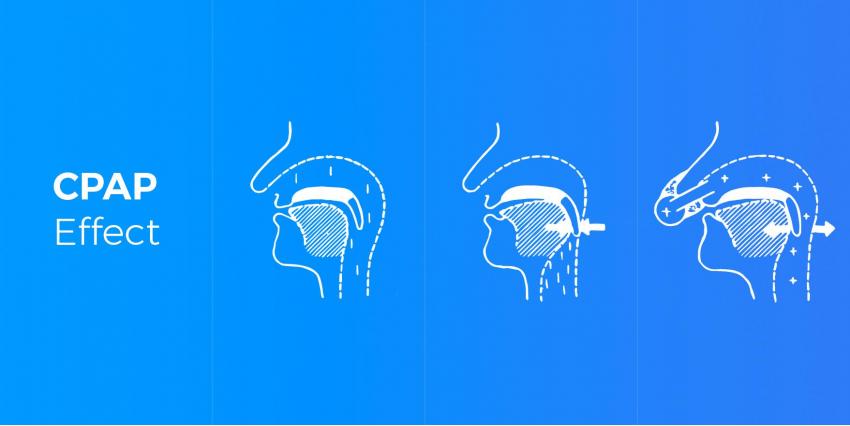WHAT IS THE DIFFERENCE BETWEEN CPAP AND BIPAP? (Updated 2021)
What is apnea?
Apnea is a sleep disorder that causes a respiratory failure. A person stops breathing for several seconds (from 10 seconds), this can be accompanied by loud snoring. Due to the narrowing of the airways, the air does not enter the body in sufficient quantities, hypoxia appears. As a result, sleep is disturbed, a person becomes irritated, his working capacity decreases, his memory worsens, his intellectual abilities fall, a person complains of constant tiredness.
Usually, after an examination, doctors prescribe treatment with CPAP machines or BiPAP machines
What are the similarities between CPAP and BiPAP?
One similarity between BiPAP and CPAP is that they both end the function at positive airway pressure (PAP) as they develop a slightly increased air pressure that maintains the opening of airways and makes it easier to breath. The difference is of the continuous and alternating pressures.
CPAP devices, like BiPAP, start their work on the same principle. There is a time to fall asleep - it is from 0 to 1 hour. It is set up and adjusted to the ideal air supply (pressure) settings so that the patient can fall asleep. Both cars under the influence of air pressure create a pneumatic tire, which prevents the paths from narrowing. The appearance of the cars is quite similar.
These are the only similarities between these two devices. The following are the differences.
What are CPAP devices?
A CPAP apparatus is a device that delivers a continuous stream of air under a certain constant pressure.
CPAP machines are divided into two subspecies:
- CPAP basic;
- CPAP automatic.
Basic CPAP machines have two standard modes:
- Falling asleep;
- Therapeutic.
In the sleep mode, the air supply pressure is lower, it goes into the treatment mode automatically (according to preliminary manual settings) and then remains unchanged all night. Most patients complain about this, because at constant pressure it is difficult to get used to exhaling - they encounter resistance.
Automatic CPAPs differ from the basic ones in that after the falling asleep phase they go into automatic mode and control the pressure from treatment to maximum. The settings are entered by a doctor or specialist. Nevertheless, the problem of pressure during exhalation partially remains.

What are BiPAP devices?
VIRAP devices are designed for people suffering from COPD, CHF, central apnea and other disorders of the respiratory and neuromuscular systems. VIRAP delivers multilevel air pressure. Low pressure when the patient exhales and high when he inhales. It is also recommended to purchase VIPAP devices for patients who are overweight, above 110 kilograms. They will be more comfortable breathing, because they will not feel such resistance at the exit, as from CPAP.
VIRAP devices are also divided, but only into three subcategories:
- Basic;
- Automatic
- VIRAP with S / T mode.
Basic VIRAP is the simplest version of the device. In its parameters, the pressure power settings are entered during inhalation and exhalation during the period of falling asleep, as well as during the treatment process. In the treatment mode, the device operates in a two-level constant pressure mode.

Automatic VIRAP or TRIPAP. The basics of his work are similar to the Basic VIRAP, but there is still a difference. TRIPAP has automation. When switching to the treatment regimen, the device independently selects the necessary pressure for the patient and maintains a constant gap during inhalation and exhalation. This feature provides effective treatment and convenience for the patient.
Servo fan (VIRAP with S / T mode) - the device is designed for the most difficult cases. For patients with ALS and motor neuron disease, as well as with frequent central respiratory arrests.
If you configure the device correctly, then in the event of the patient's respiratory arrest (passing an inhalation or exhalation) begins to function as artificial ventilation of the lungs.
Total
Not always the most expensive device will suit the patient as much as possible, and vice versa the simplest and cheapest devices will not cope with a serious problem. Therefore, when choosing a device, it is necessary to rely on the diagnosis, specialist recommendations and the complexity of the disease.
24.06.2021